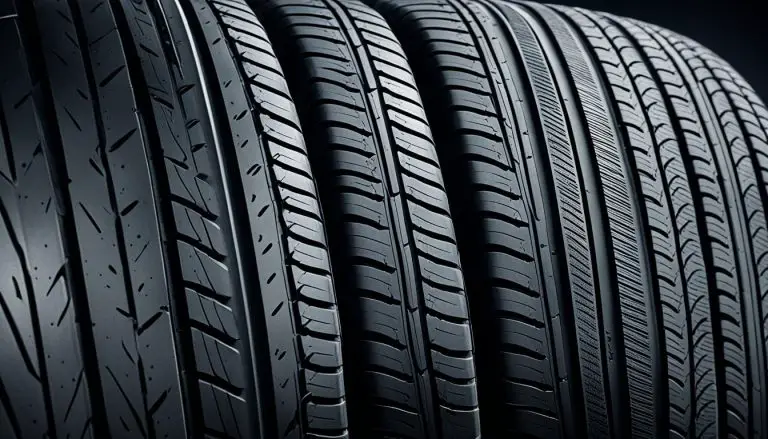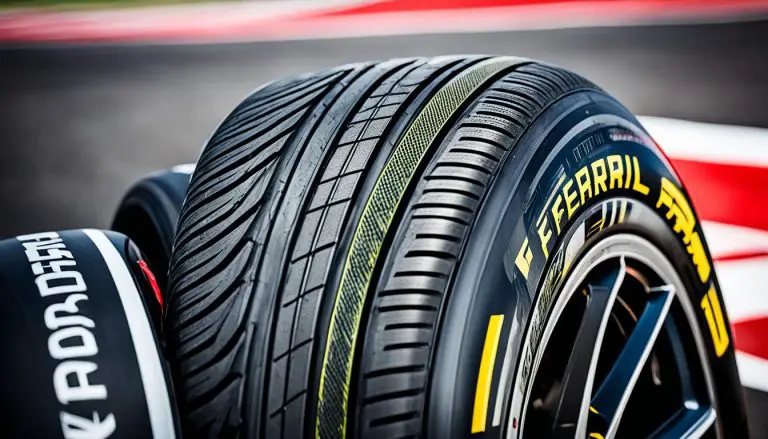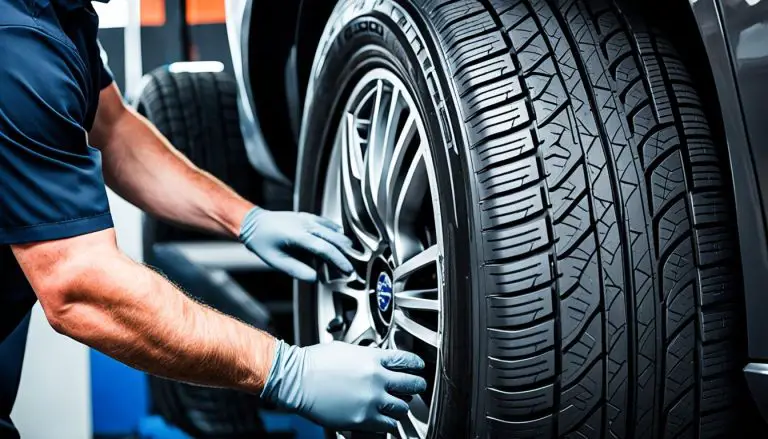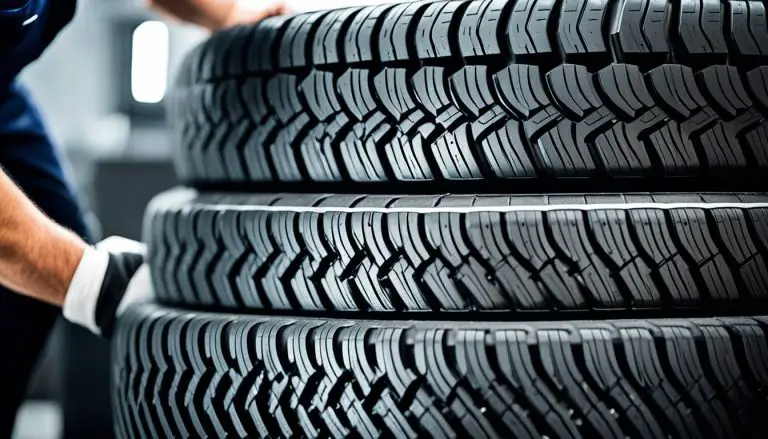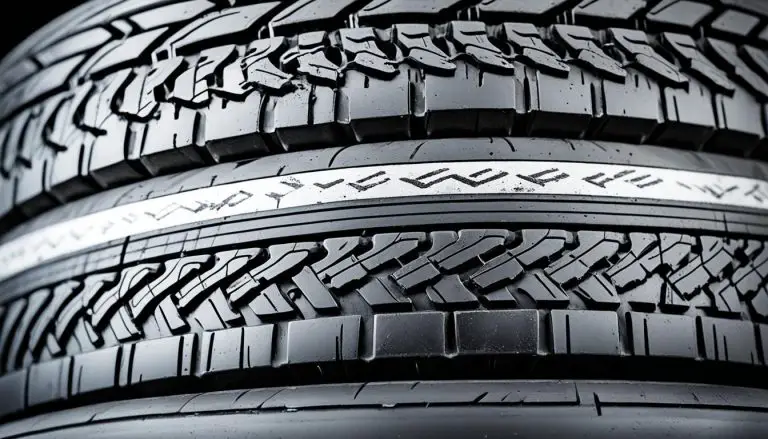Picture a McLaren supercar speeding down the street, its tires firmly gripping the road. They must be...
Blog
In the thrilling world of Formula 1, tires stand out as unsung heroes. They push the high-powered...
Did you know the Porsche Cayenne has sold over 1 million units globally? This makes it one...
Did you know that the Aston Martin Vantage can accelerate from 0 to 60 mph in just...
Did you know that the average person in the United States drives over 13,000 miles per year?...
The tires on a Range Rover can be as expensive as $1,000 each. These luxury SUVs require...
Did you know the typical Jaguar owner replaces tires every 30,000 miles? This underlines the need to...
BMW’s run-flat tire technology has made a significant difference in the automotive world. It has allowed countless...
Did you know that, on average, Mercedes-Benz drivers cover over 15,000 miles every year? Clearly, tire replacement...
Were you aware that Audi, a leading German luxury car maker, churns out over 1.8 million cars...
